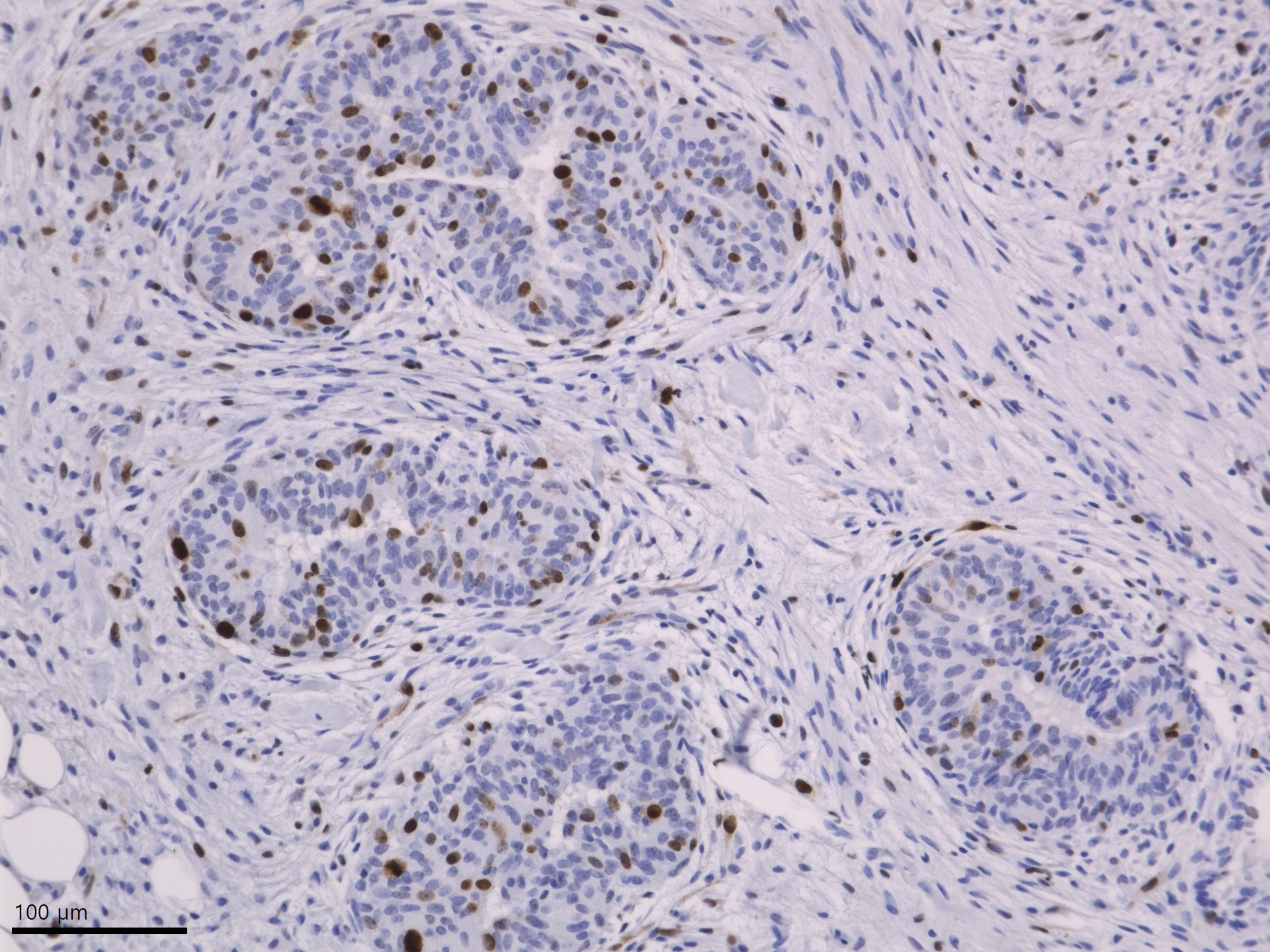
Mammary Gland Biology
The bovine mammary gland is a remarkable organ that produces milk, which is essential for calf nourishment and the dairy industry. Its structure (alveoli organized into lobules and ducts) is designed for efficient milk production and transport. Development of the mammary gland begins in utero and continues through key life stages, including pre-weaning, puberty, and pregnancy – ultimately leading to lactation.
Early life stages are critical for establishing the foundation of mammary growth and future productivity. During the perinatal phase, nutrition and management practices shape ductal and stromal development. At puberty, hormonal surges drive further ductal growth and branching, while pregnancy promotes alveolar development, preparing the gland for milk synthesis. Effective management during these stages is essential to optimize mammary tissue development and ensure long-term milk production efficiency.
Our work focuses on key phases of mammary development, including the perinatal period, the pubertal and gestation growth phases, and the dry period. These stages are critical for shaping the structure and function of the mammary gland, influencing future milk production and dairy performance.
.
Quick Fact
The mammary gland undergoes repeated cycles of regression and redevelopment throughout a cow’s lifetime, aligned with the lactation cycle
.
Quick Fact
Environmental and nutritional management at key developmental windows can optimize mammary growth and improve future productivity.
.
oo
